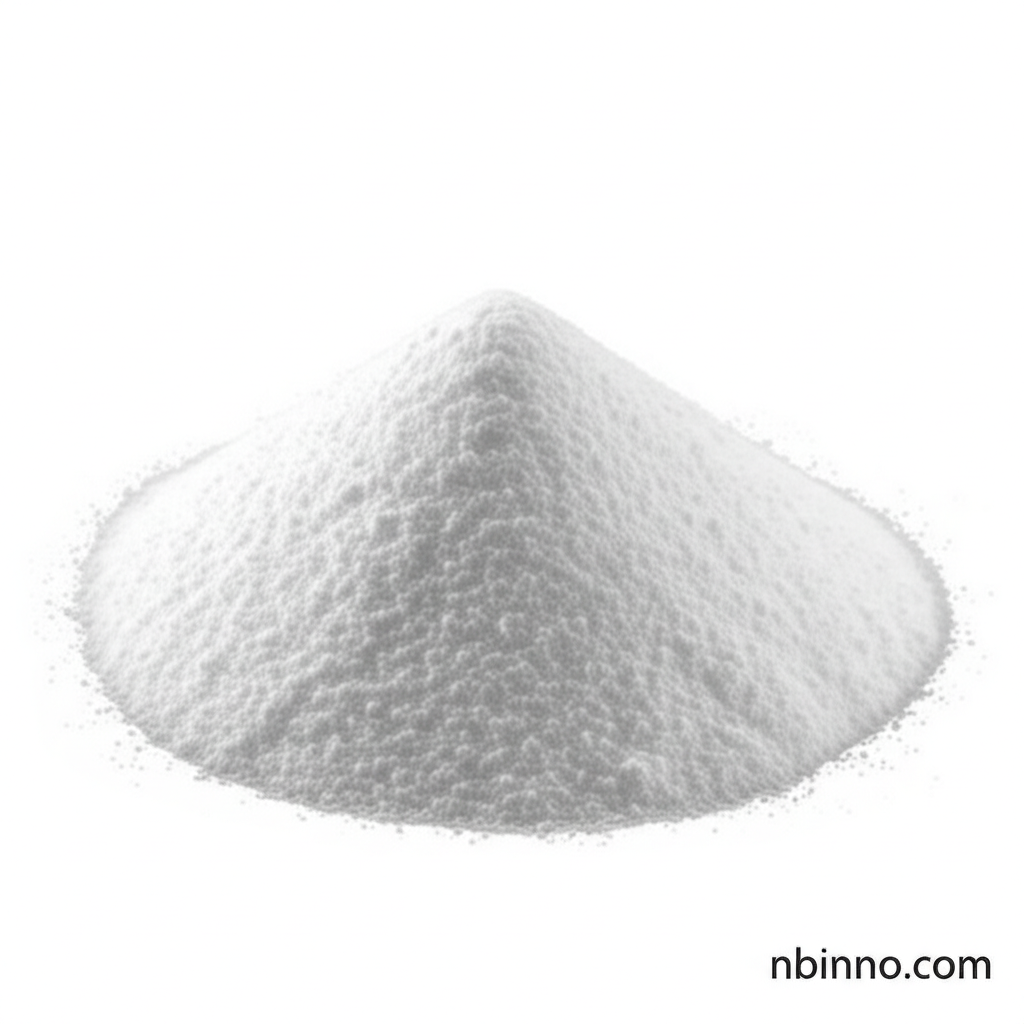Glycine Anhydride (CAS 106-57-0): Synthesis, Properties, and Applications
Explore the essential role of Glycine Anhydride in pharmaceutical synthesis and advanced organic chemistry.
Get a Quote & SampleProduct Core Value

Glycine Anhydride
Glycine Anhydride (CAS 106-57-0) is a critical fine chemical intermediate widely utilized in the preparation of various pharmaceutical and biologically active compounds. Its unique cyclic structure makes it an excellent building block for creating complex molecules.
- The synthesis of Glycine Anhydride can be achieved through various methods, making it accessible for research and industrial applications.
- As a key pharmaceutical intermediate, it plays a crucial role in the development of new therapeutic agents.
- Its chemical properties, such as a high melting point and water solubility, facilitate its use in diverse chemical reactions.
- Understanding the chemical properties of Glycine Anhydride is crucial for optimizing synthesis pathways.
Key Advantages
Versatile Synthesis Intermediate
Glycine Anhydride serves as a versatile building block, particularly valuable for the synthesis of dipeptide isosteres through cross-metathesis, a critical process in drug discovery.
High Purity and Quality
Available from reputable suppliers, ensuring high purity levels crucial for sensitive pharmaceutical applications and reliable research outcomes.
Well-Defined Chemical Profile
With a CAS number of 106-57-0 and a clear chemical structure, Glycine Anhydride offers researchers and manufacturers a well-defined compound for their projects.
Key Applications
Pharmaceutical Synthesis
Glycine Anhydride is a fundamental component in the synthesis pathways for numerous pharmaceutical compounds, contributing to the development of new medicines.
Organic Synthesis
Its reactivity and structure make it a valuable reagent in various organic synthesis reactions, enabling the creation of novel molecular architectures.
Biologically Active Compounds
The compound is instrumental in preparing a range of biologically active molecules, expanding its utility in medicinal chemistry and related fields.
Peptide Chemistry Research
Research into peptide modifications and isosteres often involves Glycine Anhydride due to its inherent peptide-like structure.
